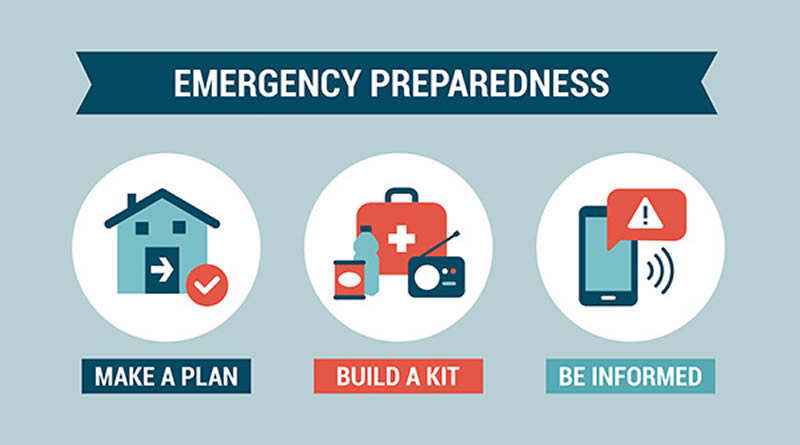Being Prepared for Emergencies at Home: Ensuring Safety and Readiness
Emergencies can happen unexpectedly, and being prepared is crucial for ensuring the safety of yourself and your loved ones. Creating a plan and taking necessary precautions can make a significant difference in how you handle various situations. In this article, we will explore important steps to be prepared for emergencies at home and how to stay calm and focused during challenging times.
Recognizing Potential Hazards
The first step in preparing for emergencies is to identify potential hazards within your home. Conduct a thorough assessment of your living space and identify areas that may pose risks. These may include:
- Faulty electrical wiring or overloaded circuits.
- Unsecured heavy furniture or objects that can tip over during an earthquake or other seismic activity.
- Blocked or obstructed pathways that can impede evacuation during a fire.
- Outdated or malfunctioning smoke detectors, carbon monoxide detectors, or fire extinguishers.
- Lack of access to essential utilities such as water, gas, or electricity shut-off valves.
By recognizing these potential hazards, you can take appropriate measures to mitigate risks and increase the safety of your home.
Creating an Emergency Plan
Developing an emergency plan is essential for efficiently managing crises. Here are some key aspects to consider when creating your plan:
- Emergency Contacts: Compile a list of emergency contacts, including local authorities, fire departments, medical services, and trusted neighbors or friends who can offer assistance.
- Escape Routes: Identify multiple escape routes from each room in your home. Ensure that all family members are familiar with these routes and practice evacuation drills regularly.
- Meeting Point: Establish a designated meeting point outside your home where family members can gather after evacuating. This ensures accountability and allows for easy headcounts during emergencies.
- Communication Plan: Determine a reliable method of communication during emergencies, such as a designated family member acting as a point of contact or utilizing a group messaging app. Make sure everyone knows how to use this communication channel effectively.
- Special Considerations: Take into account any special needs or requirements of family members, including infants, elderly individuals, or individuals with disabilities. Adapt your emergency plan to accommodate their specific needs.
Emergency Supplies
Having essential supplies readily available can be lifesaving during emergencies. Prepare an emergency kit that includes:
- Sufficient non-perishable food and water for each family member for at least three days.
- First aid supplies, including bandages, antiseptics, medications, and a comprehensive first aid manual.
- Flashlights, extra batteries, and a battery-powered or hand-crank radio.
- Blankets, warm clothing, and sturdy shoes.
- Important documents, such as identification papers, insurance policies, and contact information.
Ensure that your emergency supplies are regularly checked and replenished to account for expiration dates and changing needs.
By recognizing potential hazards, creating an emergency plan, and maintaining a well-stocked emergency kit, you can significantly increase your readiness and resilience during unexpected events. Remember to regularly review and update your plan as needed, involve all family members in preparedness efforts, and stay informed about local emergency procedures. Being prepared is a proactive approach to ensuring the safety and well-being of your household in any challenging situation.
Note: This is a sample article that follows the given format and guidelines. It is not an actual complete article on the topic.




